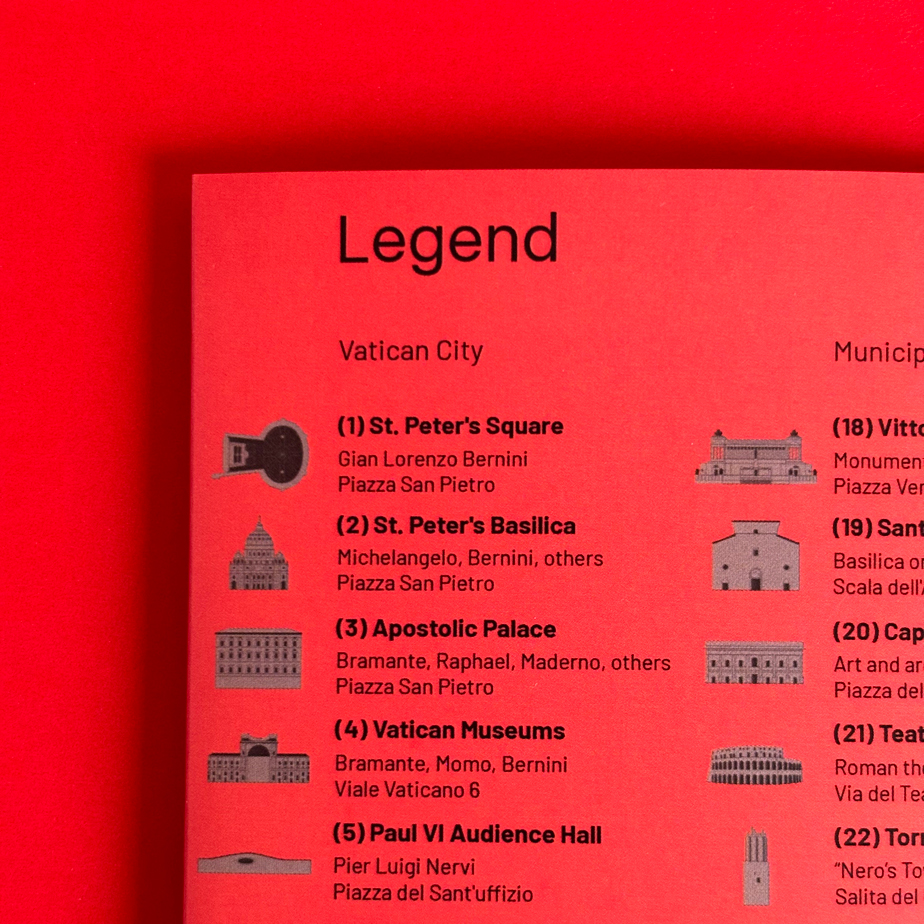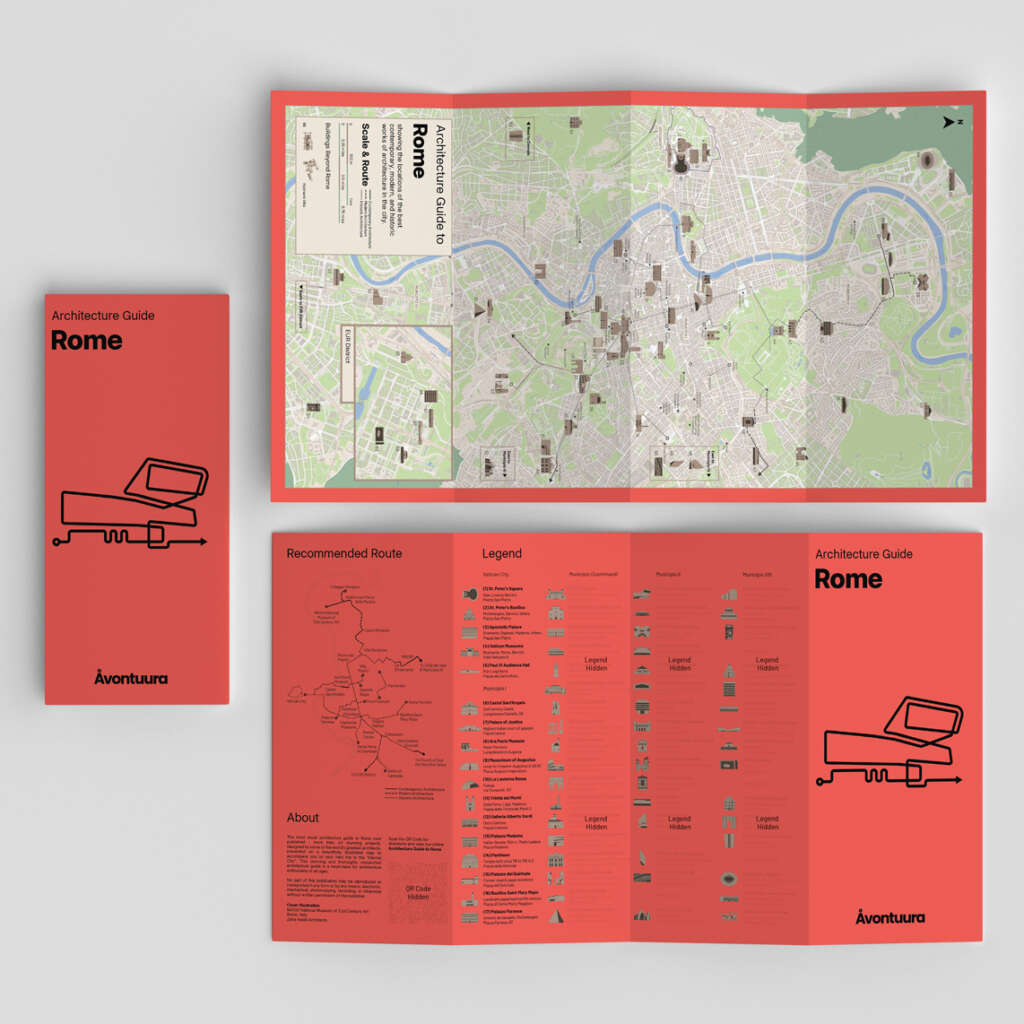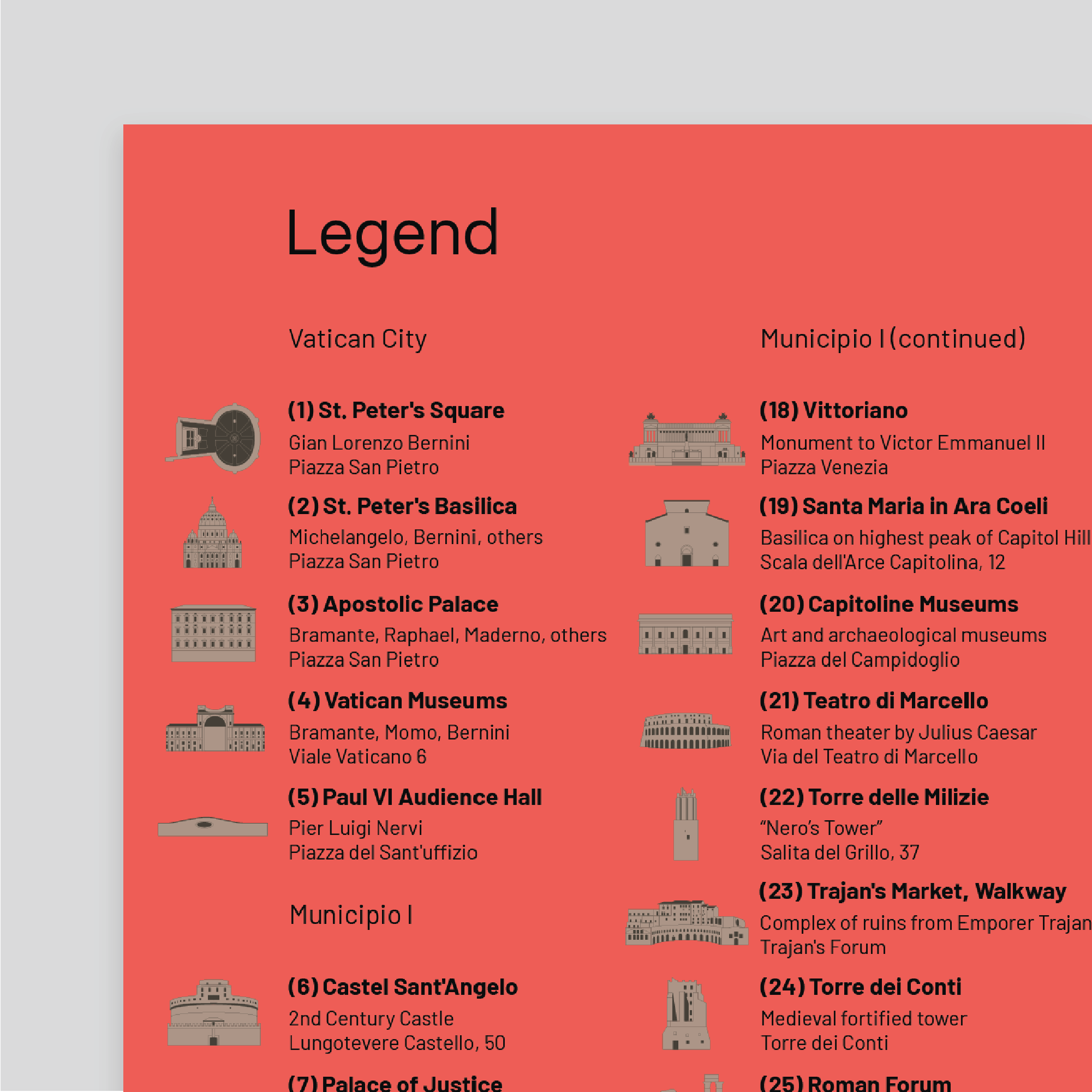ÅVONTUURA is excited to announce the launch of its Architecture Guide to Rome; the 17th city in its ground-breaking Wandering Series.
Rome’s architecture is a journey through time, showcasing a city that has been a cradle of civilization for millennia. From its early days as the heart of the Roman Empire, Rome’s buildings have been monuments of human ambition, cultural power, and artistic legacy. Among its treasures, the Colosseum stands as a testament to Roman engineering and gladiatorial history; the Pantheon, with its breathtaking dome, exemplifies the heights of Roman architectural innovation, while the Roman Forum, the ancient hub of political and social life, echoes the empire’s grandeur. These historic structures are more than remnants of a distant past—they are the backbone of Rome’s cultural and architectural identity.

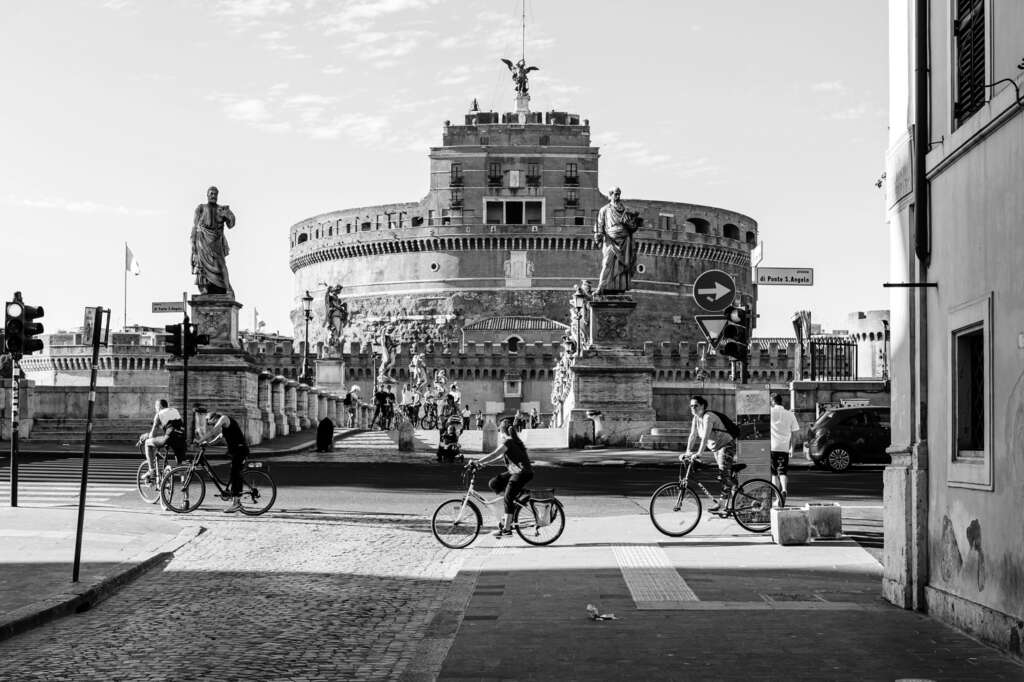
Vatican City, an independent city-state within Rome, serves as the heart of the Catholic world and a pinnacle of Renaissance art and architecture. St. Peter’s Basilica, an architectural marvel and pilgrimage destination, represents the dedication of countless artists, with Michelangelo’s work on the Sistine Chapel ceiling and his iconic dome crowning the basilica, while Bernini’s sweeping colonnades embrace St. Peter’s Square, embodying Baroque artistry. This collaboration of master artists and architects has created a spiritual and cultural landmark that epitomizes the interplay of art and architecture in Rome.
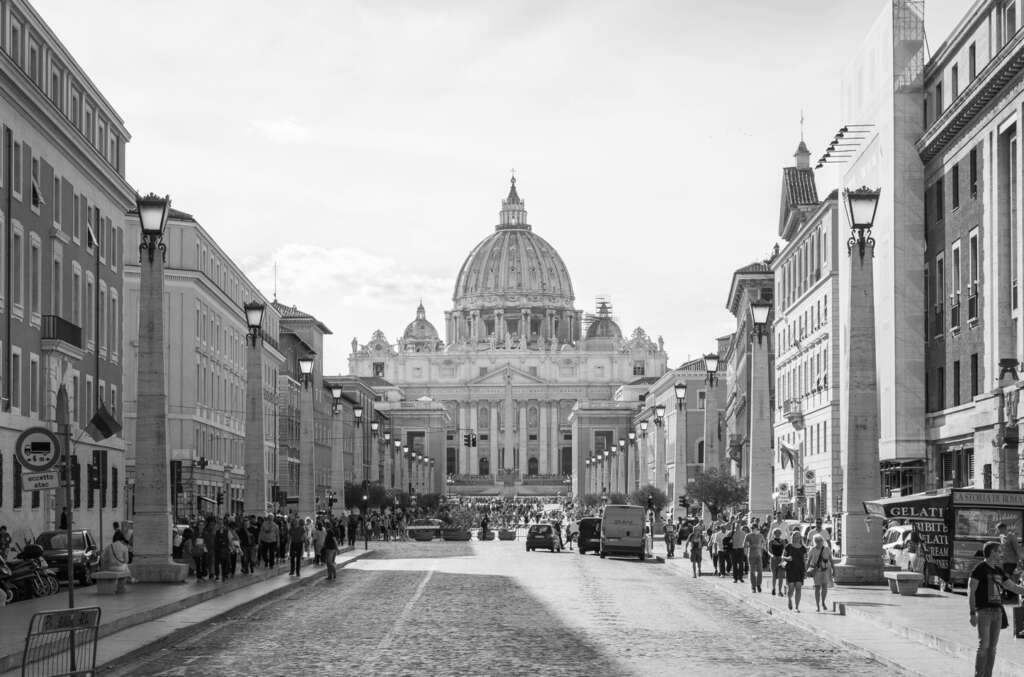
In the heart of Rome, two buildings represent Italy’s more recent architectural and historical journeys. The Victor Emmanuel II Monument, a vast marble structure honoring the first king of unified Italy, celebrates the unification of the country and the triumph of a national identity. In contrast, the Palazzo della Civiltà Italiana, often called the “Square Colosseum,” embodies Italian Rationalism, with its minimalist aesthetic and symmetrical arches. Built during the Fascist era, the building has since become a symbol of resilience, representing both Italy’s complex history and its commitment to modernist design principles.
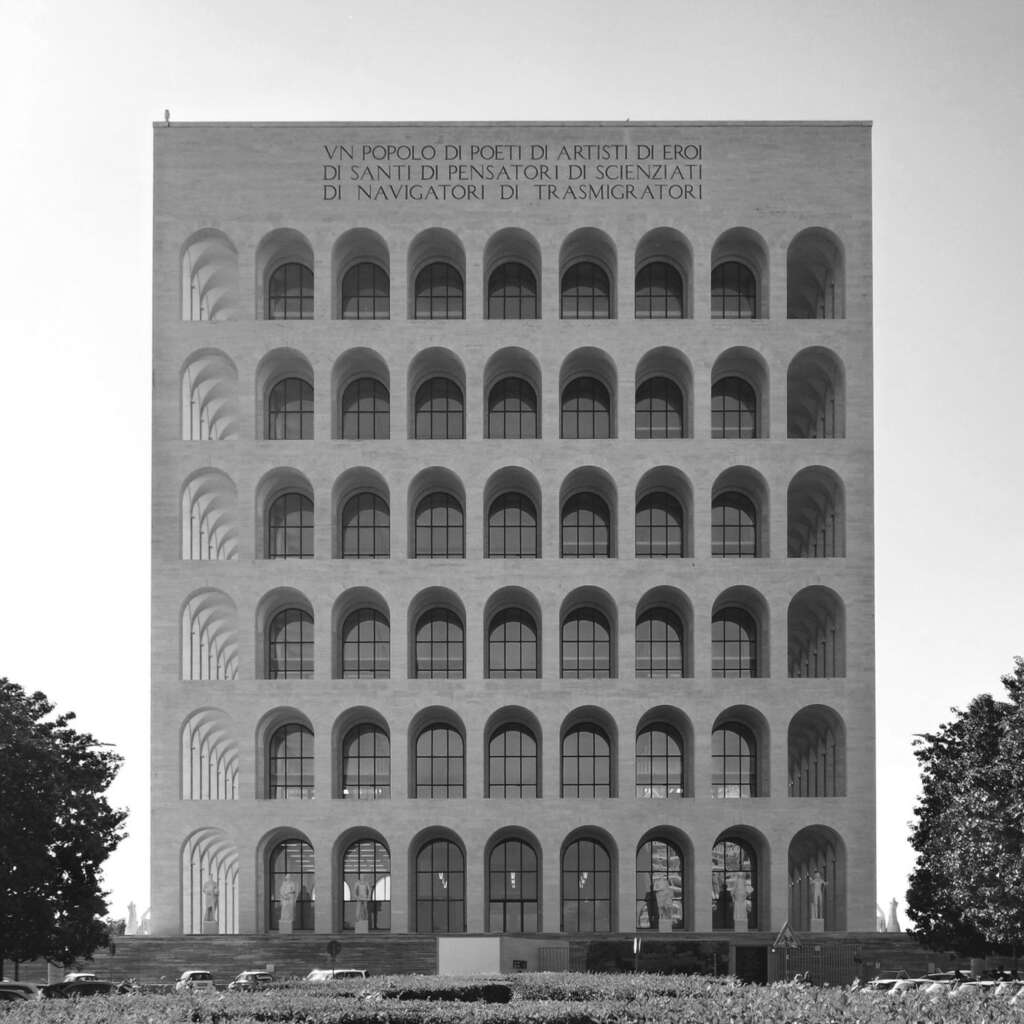
Rome’s architectural evolution continues with groundbreaking contemporary designs that reimagine the city’s heritage. The MAXXI National Museum of 21st Century Arts, designed by Zaha Hadid Architects, is a bold reinterpretation of space with flowing forms that contrast Rome’s classical lines. Meier Partners’ Ara Pacis Museum and Jubilee Church add modernist elegance, blending light and form to create spaces of reflection and worship. Finally, Renzo Piano’s Parco della Musica, a vibrant cultural hub, weaves music and architecture together, harmonizing with Rome’s architectural narrative while looking toward the future. Each of these works emphasizes the city’s ongoing architectural journey, bridging ancient traditions with a contemporary vision of Rome’s artistic and cultural legacy.
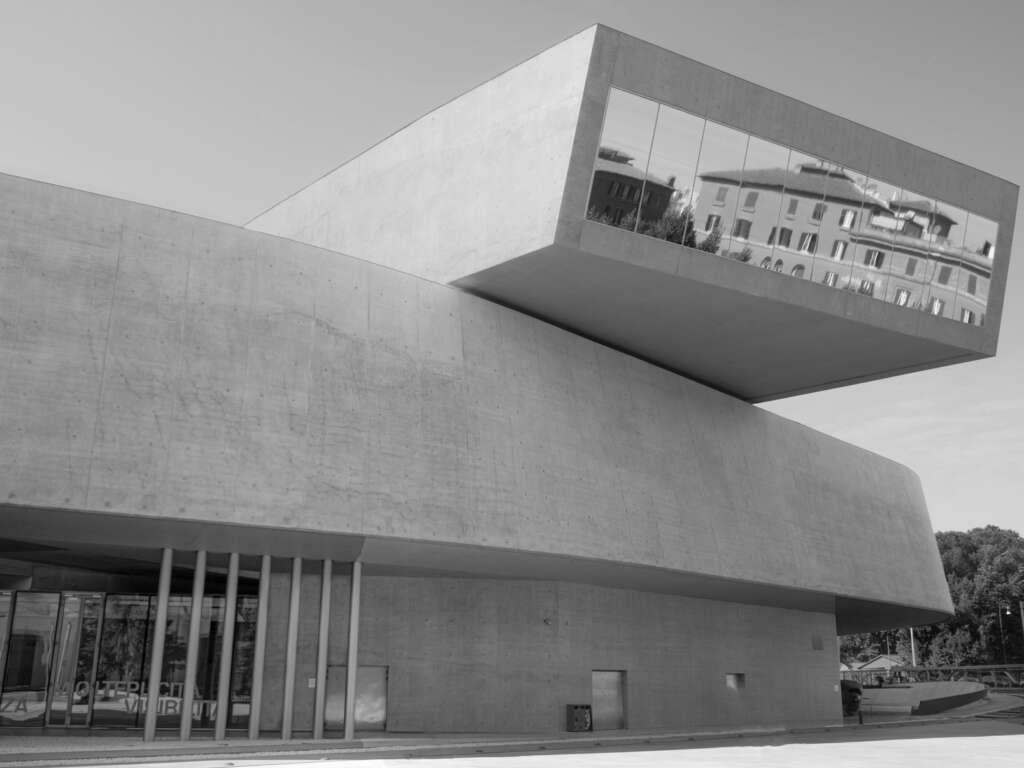
Features
1. The cover features a unique architectural icon that celebrates a local project and is illustrated as a wandering path, capturing the joy of architecture and discovery.
Cover Illustration: MAXXI National Museum of 21st Century Art by Zaha Hadid Architects
2. A map identifying the general locations of the buildings, major and medium-sized road networks,
urban areas, watersheds, parks and other natural features.
3. A Recommended Route identifying a must-see network of buildings and landmarks, with dashed
lines indicating routes for contemporary, modern and historical interests.
4. A Legend of selected architectural projects featuring beautifully detailed building icons, the name of
the architect(s) / designers involved, and an address for where it can be found.
5. QR code connecting you to our digital guide with pinned locations and directions in Google Maps.




